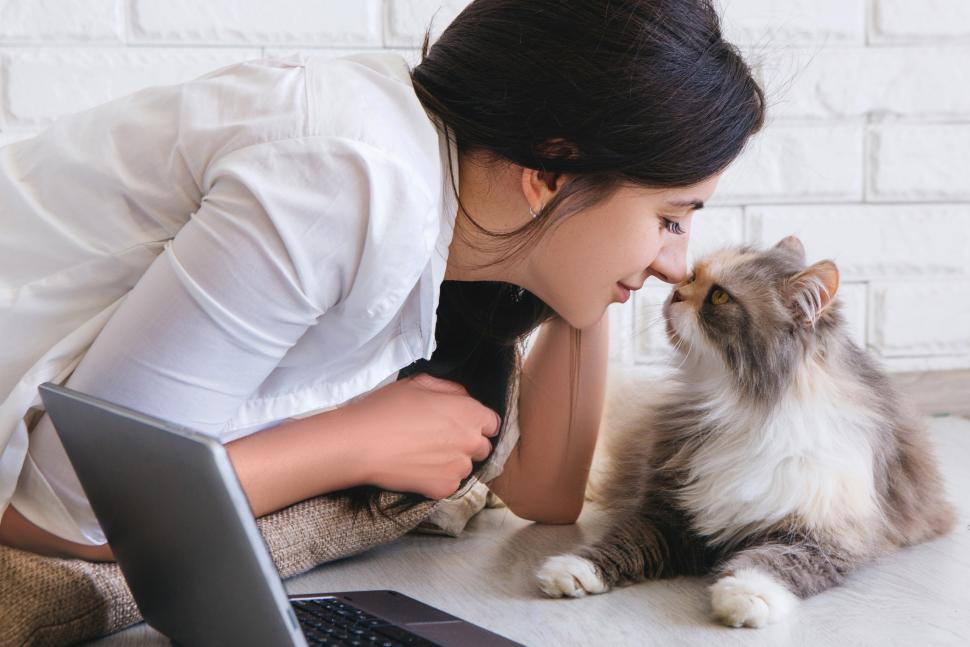
Is Your Pet Healthy? Check the Poop!
You want to take great care of your pet.
You feed healthy, nutritious food. You exercise and play together. You shower your pet with love. It feels like you are taking great care of your pet. (You are! Go, you!)
But how can you really be sure that your pet is as healthy and happy as you hope?
You look to the poop!
As pet parents, you’re used to checking the poop each day as you clean the litter box or pick up after your pup. Now, it’s time to pay attention. Scope what you scoop!
A perfect poop is dark brown, shaped like a log, and neither hard (think rabbit poop) nor soft. Cats’ normal poop may feel harder simply because their colons remove moisture from the stool pretty effectively.
So, what’s the first thing should you be looking at when it comes to your pet’s number two?
Appearance
Visual signs of a potential problem include some obvious ones: the presence of blood, loose or runny stools, black or tarry in color, or visible painful straining to go. Some less obvious problems can include mucus (a little is normal but chronic is not). Also, potential problem-indicators: tiny, hard poops or strange colors.
If you spot parasites, it’s time to head into the vet, though it’s important to remember that sometimes worms can’t be seen from the outside, and it’s always possible that a less-than-fresh sample might have acquired worms after the fact. That’s why we always recommend picking up as they go!
Smell
Granted, poop has an odor. However, the odor should be slight. It shouldn’t knock you over or make you gag. No one expects you to stick your nose in your pet’s pile, though, so just note extra-offensive odors or changes from the norm.
This can be extra challenging with cat poop because most litters are ultra-effective at absorbing or masking odors once the cat buries his business. It’s important to scoop daily to keep an eye on changes, and it’s more likely you’ll notice an odor if it’s a more recent deposit.
Color
This is the easiest-to-track indicator and also the easiest to spot abnormalities, though it might not always mean anything. Healthy poop is a chocolate brown. Anything other than that can indicate all sorts of things. For instance, yellow-orange poop might mean something’s up with your dog’s liver, and tan poop in cats can indicate liver problems, as well.
Yes, sometimes your dog might ingest a box of your kids’ crayons, but if you see unexplained strange colors, scoop a sample for the vet.
All in all, poop is a fantastic way to track your pet’s health.
